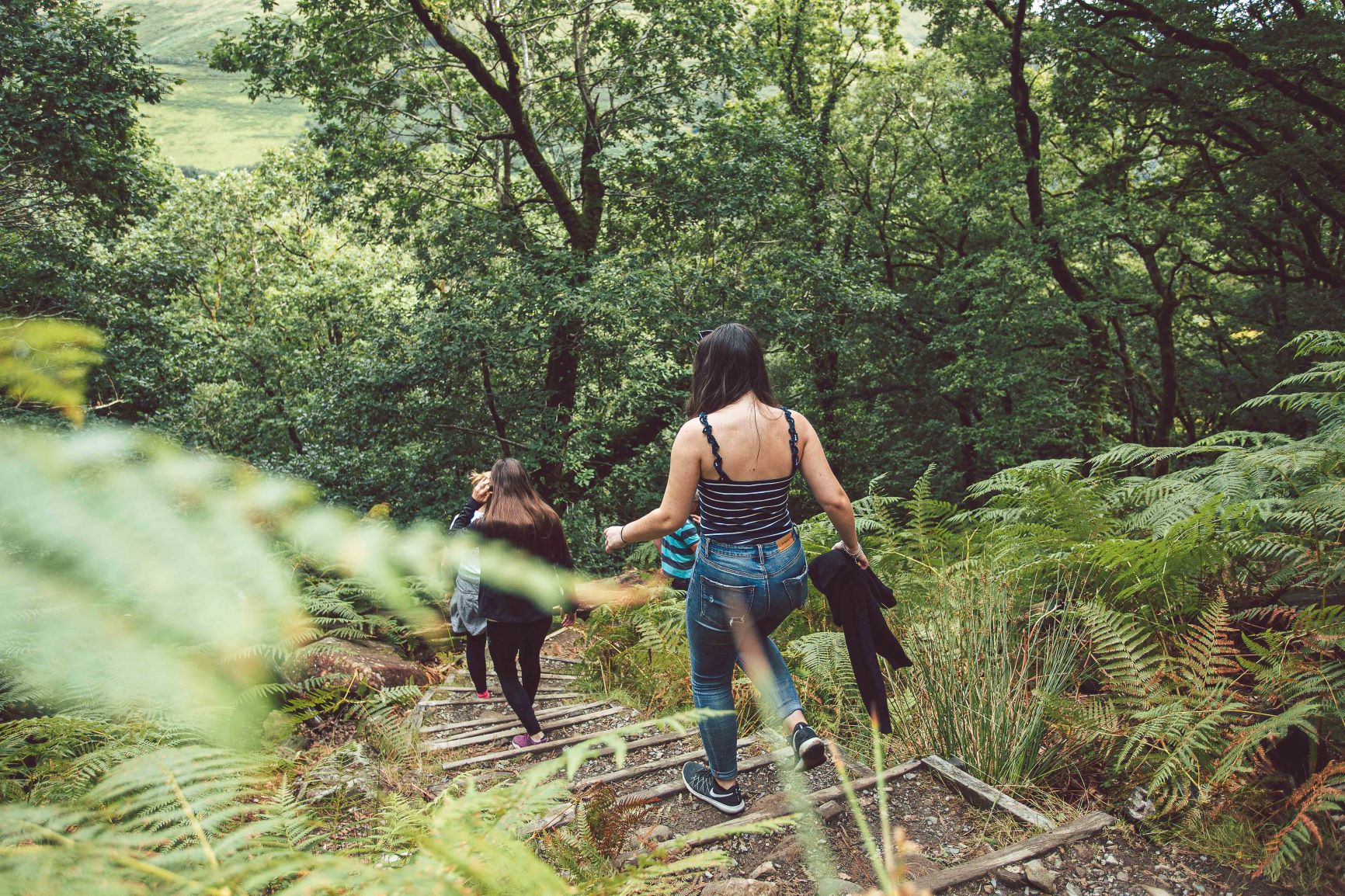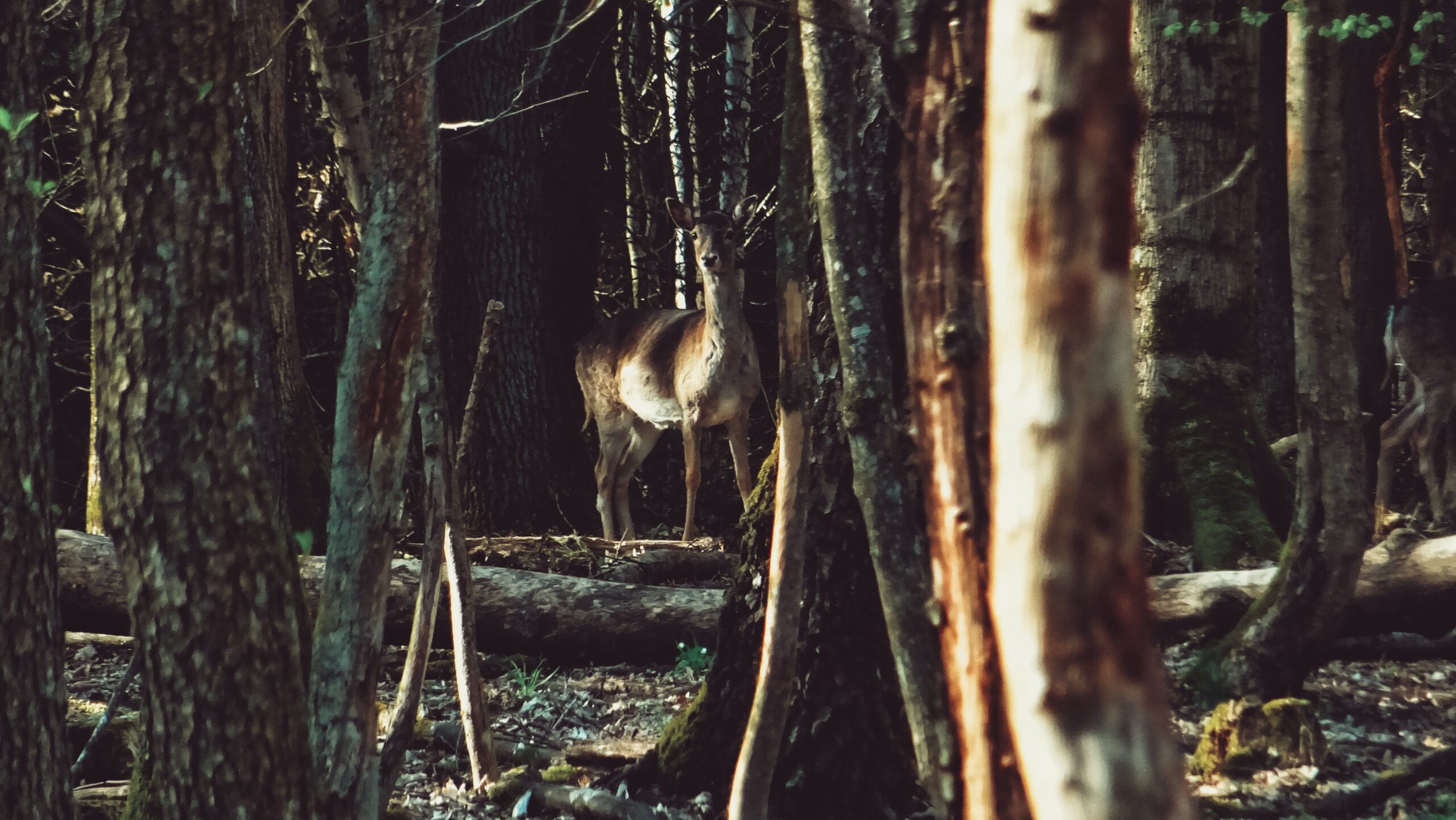
World Wildlife Day: 5 ways you can help forest species
World Wildlife Day, falling on March 3rd every year, is a UN initiative that aims to celebrate wild species and raise awareness of their plight. This year’s theme, ‘Forests and Livelihoods: Sustaining People and Planet’, showcases humanity’s dependence on healthy forest ecosystems. Our Senior Communications Officer, Olivia Nater, examines the critical state of global forests and lists five actions we can take to help protect them and their inhabitants.
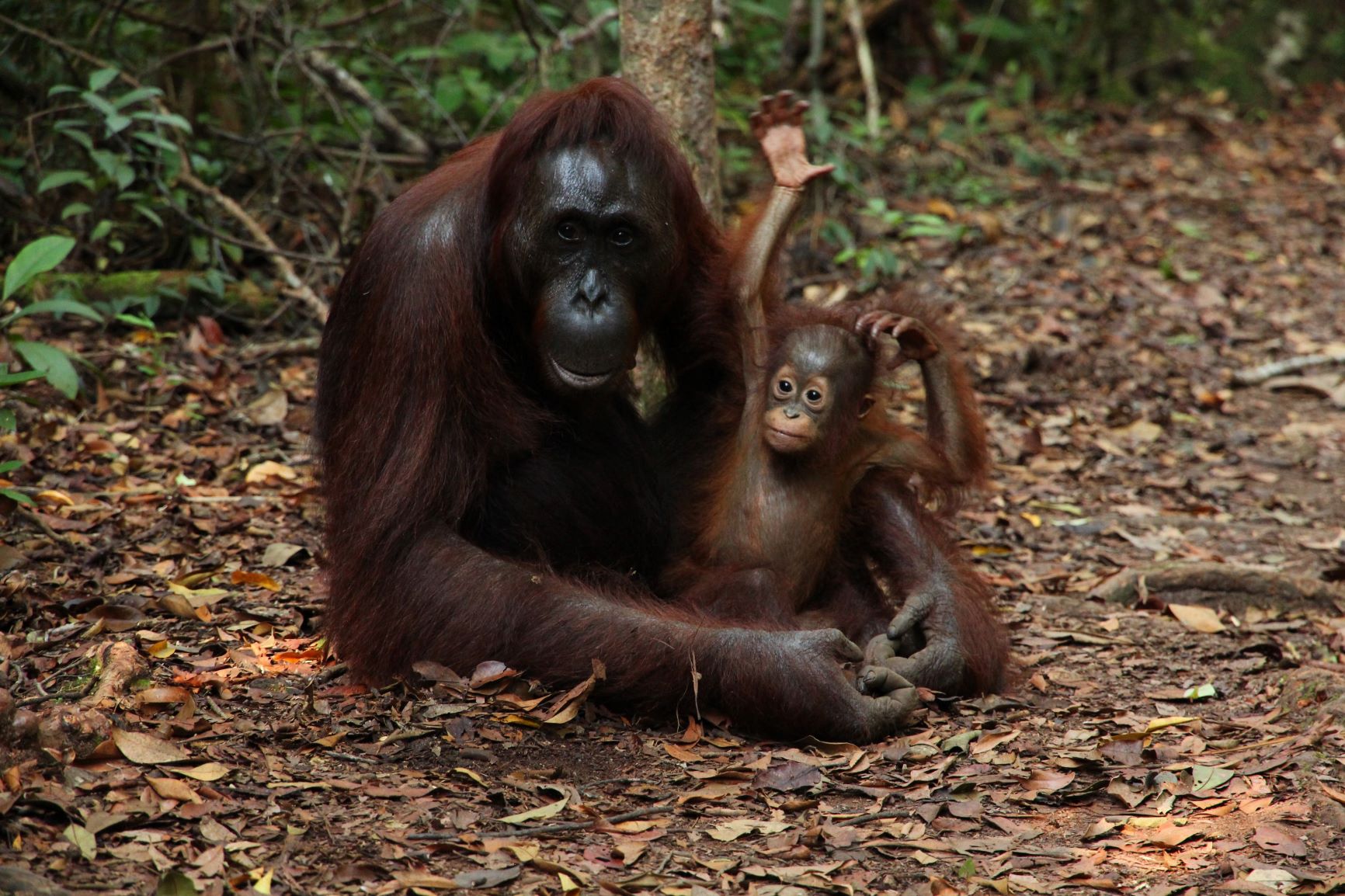
To relieve stress and improve mental well-being, there is nothing quite like immersing yourself in an old-growth forest thrumming with life. The magical combination of fresh air laden with mood-boosting phytochemicals, sunlight filtering through leaves and branches, and the sounds and glimpses of countless fascinating creatures going about their daily business is such a beneficial sensory experience that in Japan there is a special term for it: shinrin yoku, which literally translates into ‘forest bathing’.
The services forests provide extend far beyond our mental health. Forests clean our air, filter our water, store carbon, provide food, fuel and materials, and protect us from floods, droughts, erosion and soil degradation. Crucially, global biodiversity would not exist without forests: they are home to more than 60,000 different tree species, 80% of amphibian species, 75% of bird species and 68% of mammal species. Biologists estimate that tropical rainforests alone contain approximately half of Earth’s land-dwelling species.
The tragedy is that we are rapidly running out of forests. Ten thousand years ago, almost 60% of all habitable land was covered by forests. Our massive increase in population and consumption have wiped out a third of forested areas, and more than half of remaining forests are now damaged or fragmented.
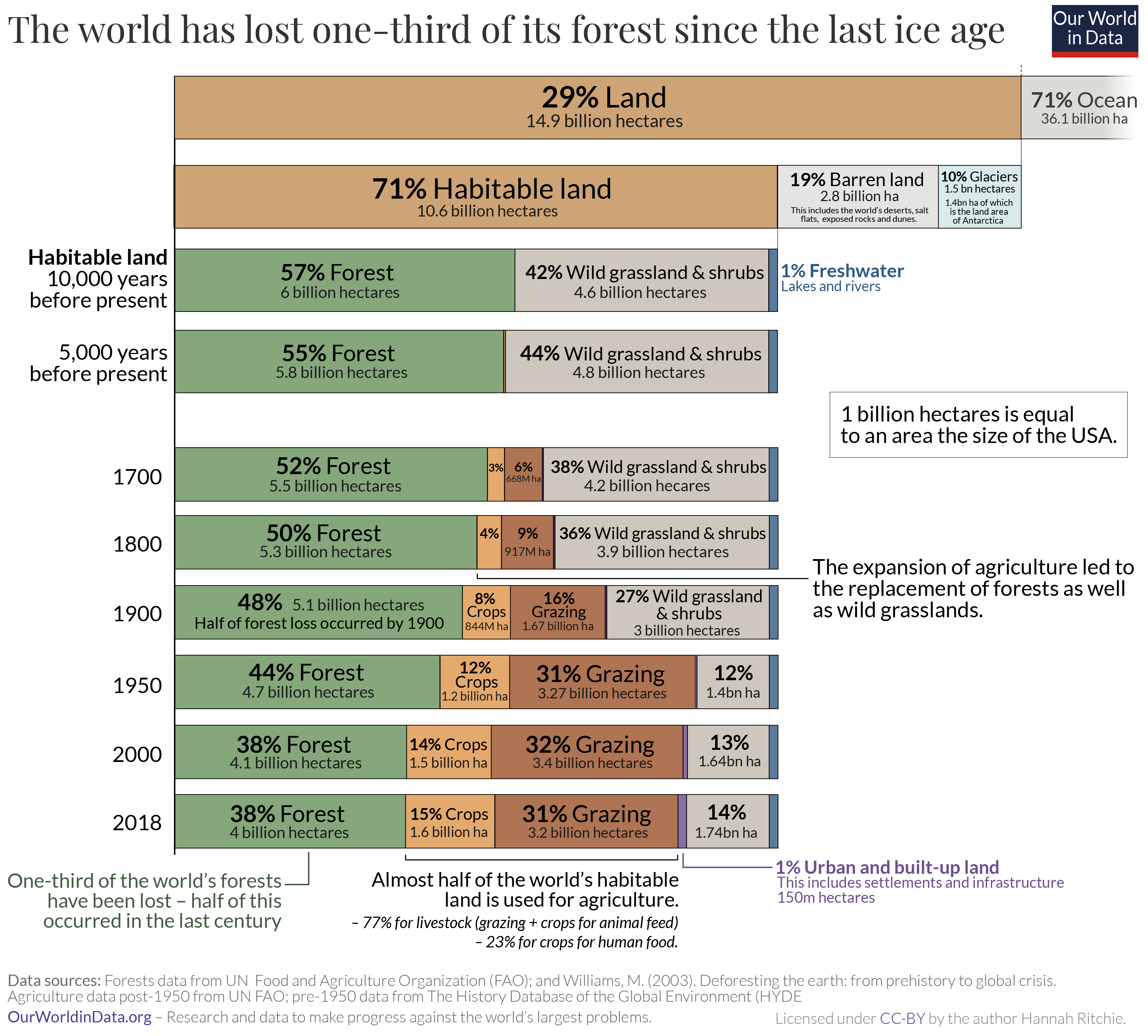
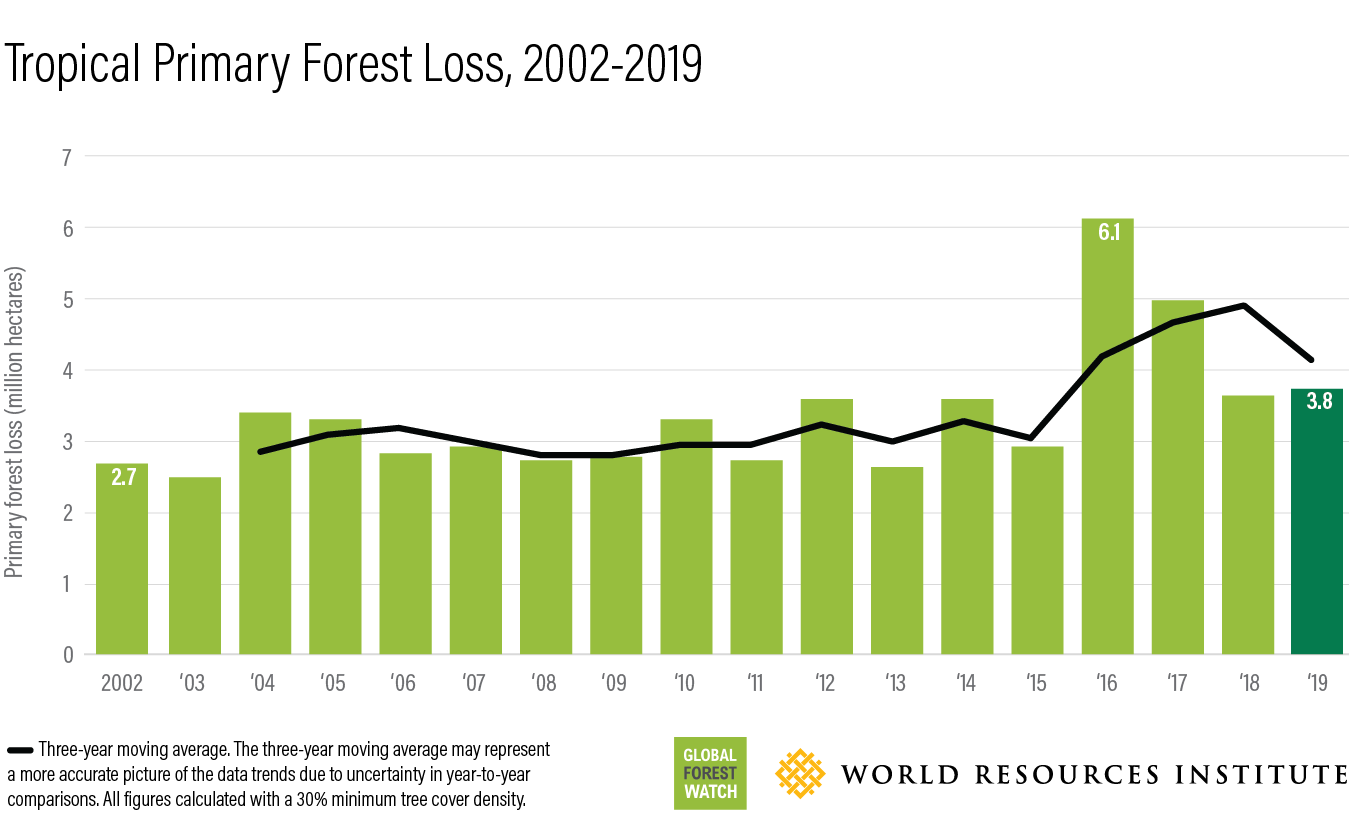
Some areas, including western Europe, had already cleared most of their tree cover even well before the 20th century, and more than half of the world’s forests are now found in only five countries: Brazil, Canada, China, Russia and USA. Deforestation is sadly continuing largely unabated, and in many areas it is even accelerating.
In Brazil, deforestation rates in the Amazon rainforest soared to a 12-year high in 2020 due to weakening of environmental protections by right-wing President Jair Bolsonaro, and 2019 saw the destruction of 3.8 million hectares of mature tropical forest globally – the third-biggest decline since the turn of the century. In a terrible feedback loop, COVID-19, which resulted from our destruction of nature, is also fuelling deforestation and wildlife trafficking due to increasing poverty and reallocation of government resources.
Here are 5 things you can do to help turn the tide.
1) Consume mindfully
By far the biggest driver of deforestation is conversion of land to crops and pasture, and 77% of all agricultural land is used for raising livestock. Cattle ranching in particular accounts for 80% of all deforestation in the Amazon. Cutting your meat and dairy consumption is a good way to take deforestation off your plate. In addition, make sure other products linked to forests like coffee and notebooks are sourced sustainably – for example, you can check for certifications from the Rainforest Alliance or Forest Stewardship Council. It is also good to avoid products which contain unnecessary palm oil, especially if it is uncertified.
2) Choose a small family and help empower others
The more people there are, the more land we have to convert to agriculture and human infrastructure. Forested areas in developing regions with rapid human population growth are experiencing a surge in subsistence bushmeat hunting and logging for firewood. One of the most powerful choices we can make to help protect forests and forest species is to voluntarily limit our family size and invest in empowering others to do the same by alleviating poverty, advancing women’s rights and improving access to education and family planning. There are many great charities who work to advance these key solutions – why not make a donation today?
3) Plant a tree or three
Planting a tree is a wonderful way to give back to nature, and if you are lucky, you’ll get to observe your tiny sapling develop over the years. Tree planting initiatives are key to restoring biodiversity and combatting climate change. Approximately one-third of the carbon dioxide released from burning fossil fuels is absorbed by our forests every year. While vital, tree-planting is not a quick-fix solution, however, as it takes many decades for new forests to develop into mature, complex ecosystems. In addition, it is important to select species that are native to your region.
4) Be respectful of forest species
Many forest species come into frequent contact with humans – in order to minimise disturbance, try to keep your distance, stick to trails, don’t let your dog chase wildlife, be quiet and leave no litter behind.
5) Take others for a forest bath
In our increasingly urbanised world, more and more people, especially children, are becoming estranged from nature. This is not only harmful for their health – it also presents a threat to global conservation efforts. People cannot value what they don’t know. So spread that forest love far and wide, share your favourite forest facts and take friends and family for a forest bath. Sharing positive experiences in nature strengthens our connections with the natural world and with each other – it’s a win-win!
